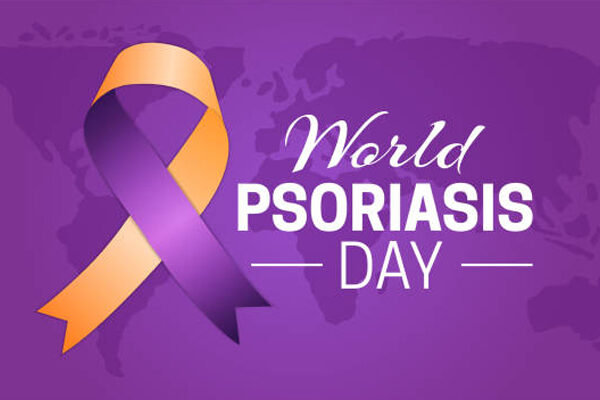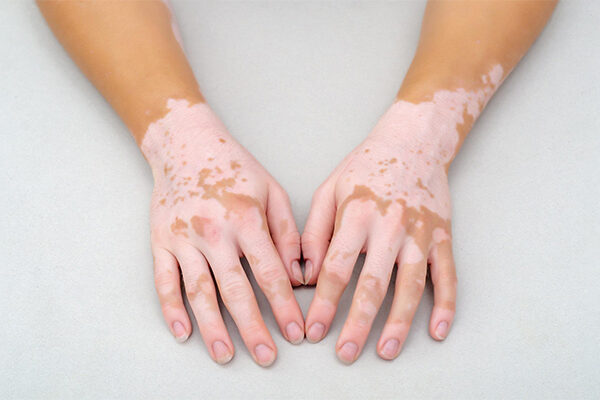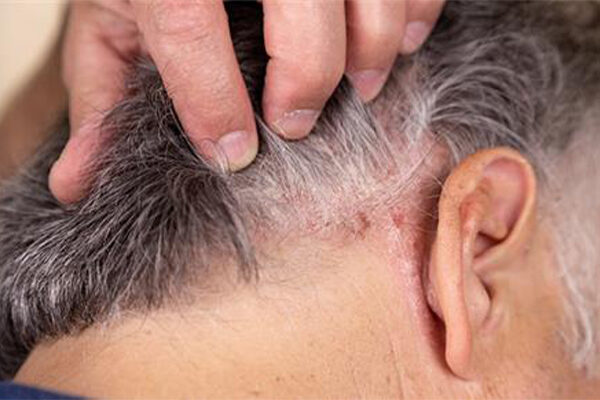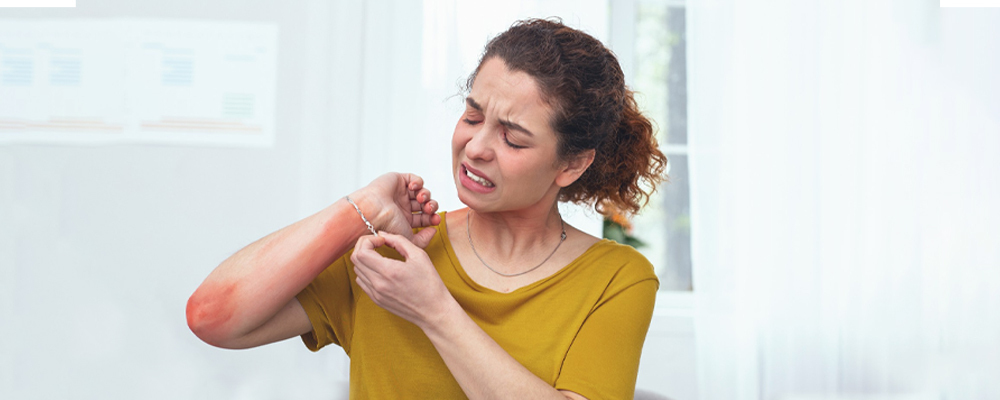
Prurigo Nodularis is a chronic skin condition characterized by intensely itchy nodules that can significantly impact a person’s quality of life. While medical treatments are essential, managing this condition often requires an integrated approach, including dietary modifications. Understanding prurigo nodularis foods to avoid can help reduce flare-ups and improve overall skin health.
Living with Lumps & Itching: Demystifying Prurigo Nodularis
Before exploring the prurigo nodularis foods to avoid, it is important to understand the condition itself. Prurigo nodularis is marked by the presence of hard, itchy nodules on the skin. The exact cause is unknown, but it is believed to be related to immune system dysfunction and chronic scratching, which can further aggravate the condition. Common triggers include stress, certain medications, and environmental factors.
Also read: Prurigo Nodularis Pictures, Signs, Causes & Management of PN
The Role of Diet in Prurigo Nodularis
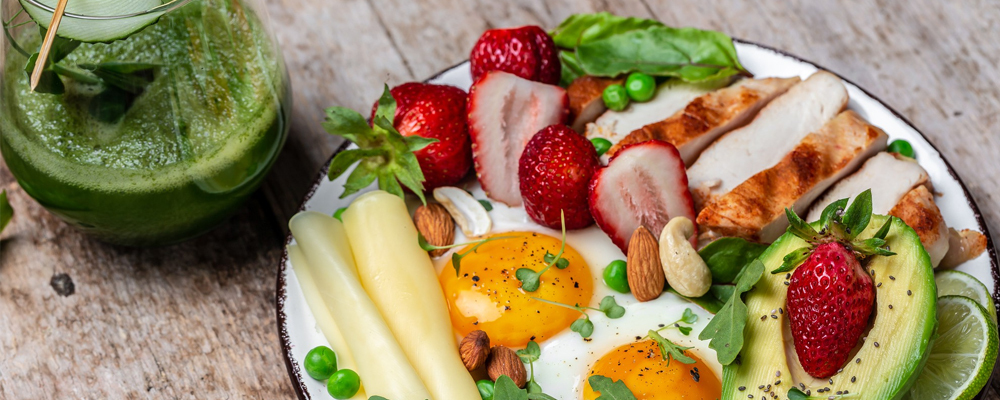
Calming the Itch from Within: Prurigo Nodularis Foods to Avoid
- Processed Foods: Processed foods often contain elevated levels of additives, preservatives, and artificial ingredients that can trigger inflammation. Avoiding processed foods is a key step in managing prurigo nodularis symptoms.
- Sugary Foods: High sugar intake can lead to increased inflammation and immune system dysfunction. Reducing the consumption of sugary foods such as candies, pastries, and sugary drinks can help manage prurigo nodularis.
- Dairy Products: Some individuals with prurigo nodularis may find that dairy products exacerbate their symptoms. It is advisable to monitor the body’s reaction to dairy and consider alternatives if necessary.
- Gluten-Containing Foods: Gluten can trigger inflammation in some individuals, especially those with sensitivity or intolerance. Avoiding gluten-containing foods like wheat, barley, and rye may help reduce prurigo nodularis flare-ups.
- Nightshade Vegetables: Vegetables like tomatoes, potatoes, peppers, and eggplants belong to the nightshade family and can cause inflammation in some people. These are the prurigo nodularis foods to avoid. Monitoring the intake of these vegetables may be beneficial.
- Caffeine and Alcohol: Both caffeine and alcohol can dehydrate the body and potentially trigger inflammation. Limiting the intake of caffeinated beverages and alcoholic drinks is recommended for managing prurigo nodularis.
- Fried and Greasy Foods: Foods high in unhealthy fats, such as fried and greasy foods, can contribute to inflammation. Opting for healthier cooking methods and reducing the intake of such prurigo nodularis foods to avoid is advisable.
- Spicy Foods: Spicy foods can sometimes exacerbate skin conditions by increasing inflammation. Monitoring reactions to spicy foods and limiting their consumption can help manage symptoms.
- Soy Products: For some individuals, soy products can trigger allergic reactions or inflammation. Keeping track of how body responds to soy-based foods can help in managing prurigo nodularis.
- Artificial Additives: Foods with artificial colors, flavors, and preservatives can cause inflammation and exacerbate symptoms. Prurigo nodularis foods to avoid with these additives can be beneficial.
Also read: Pityriasis Rosea Foods to Avoid: What to Skip for Skin Health
Effective Tips To Deal With Prurigo Nodularis
- Stay Hydrated: Drinking plenty of water helps keep the skin hydrated and can reduce itching. Aim for at least 8 glasses of water a day.
- Eat Anti-Inflammatory Foods: Incorporate foods that have anti-inflammatory properties, such as leafy greens, berries, fatty fish, nuts, and seeds. These foods can help reduce inflammation and improve skin health.
- Monitor Food Reactions: Keeping a food diary can help identify which foods trigger symptoms. Examine everything you eat and any changes in symptoms to pinpoint problematic foods.
- Consult a Nutritionist: A Nutritionist can provide personalized dietary advice and help create a meal plan that avoids triggers while ensuring get all the necessary nutrients. Apart from the prurigo nodularis foods to avoid, consider participating in clinical trials for new treatments. Revival Research Institute is currently conducting a clinical trial for prurigo nodularis, evaluating potential new treatments that may provide relief from this condition. Participating in such trials can contribute to advancing medical research and may offer access to advanced therapies.
- Balanced Diet: Ensure diet is balanced and includes a variety of fruits, vegetables, lean proteins, and whole grains. A well-rounded diet supports overall health and can help manage prurigo nodularis.
- Cook at Home: Preparing meals at home allows to control the ingredients and avoid hidden additives that might trigger symptoms. Experiment with recipes that focus on fresh, whole foods and does not include the “prurigo nodularis foods to avoid” one must take care of.
Takeaway
Managing prurigo nodularis requires a comprehensive approach that includes both medical treatments and lifestyle modifications, particularly in dietary choices. Identifying and avoiding prurigo nodularis foods to avoid can significantly reduce inflammation, itching, and nodule formation, improving overall skin health and quality of life. Key dietary adjustments include eliminating processed, sugary, and inflammatory foods, while incorporating anti-inflammatory and nutrient-dense options. Staying hydrated, monitoring food reactions, and consulting with a nutritionist are essential steps in crafting a diet that minimizes symptoms. Additionally, participating in clinical trials, such as those conducted by the Revival Research Institute, can offer access to effective treatments and contribute to the advancement of medical research. By taking a proactive role in dietary management, and taking care of the prurigo nodularis foods to avoid, individuals with prurigo nodularis can better control their symptoms and enhance their well-being.

